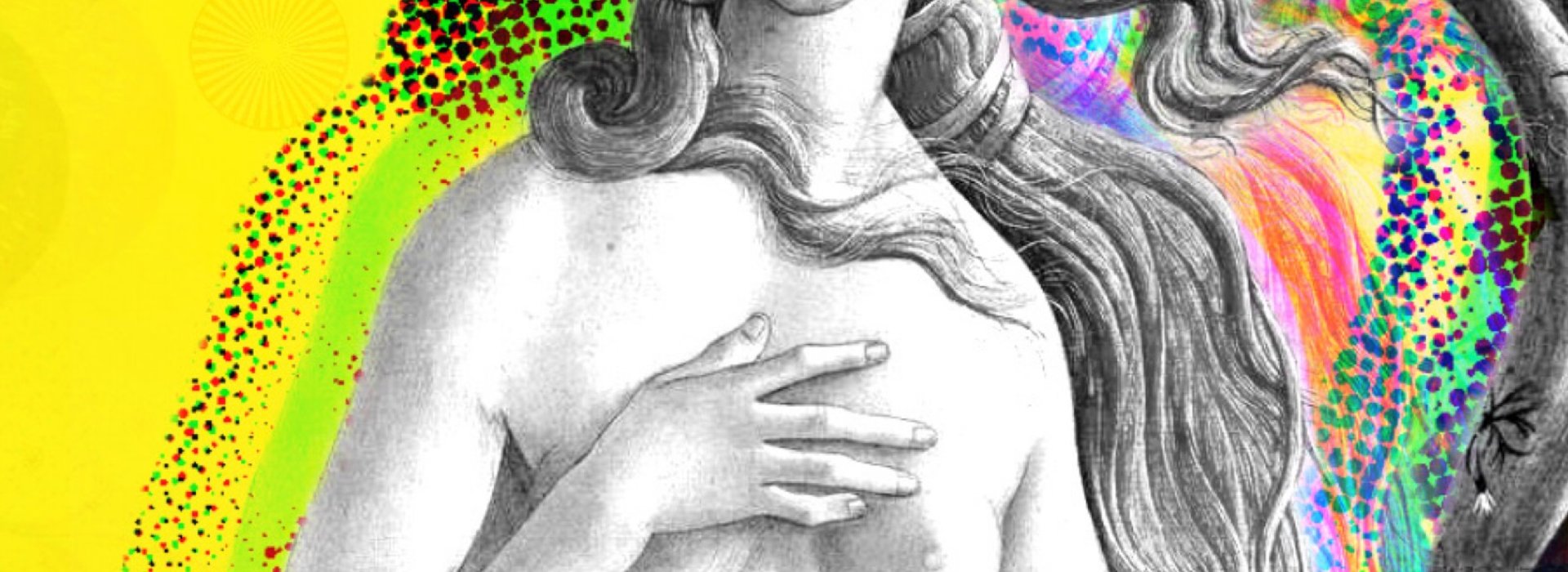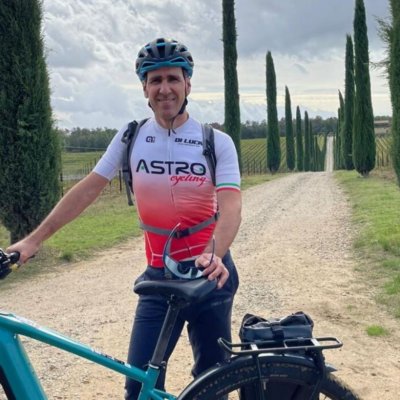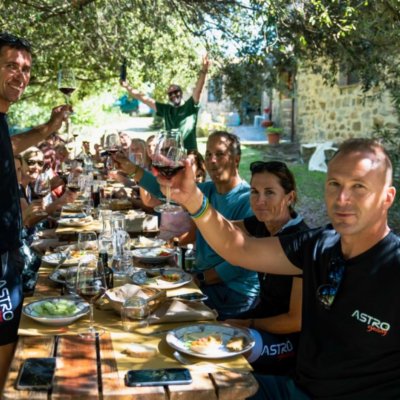Florence: LGBTQ+ tour of the Uffizi Gallery

A Queer look into the Uffizi Gallery!
What would Piero della Francesca say if he knew everybody thinks the sleeves he painted look like a tattoo?
What would Botticelli’s Venus look like if the artist had lived in post-Stonewall New York?
What might Leonardo da Vinci think of the TV miniseries that showed his gay love affairs?
And how might Artemisia Gentileschi feel knowing that feminists regard her art as their manifesto?
The Uffizi Gallery is the world’s oldest museum. It was planned by Cosimo de’ Medici and built by Giorgio Vasari in 1560 as a government building but the rulers of Florence soon turned it into an exclusive private gallery to impress their guests.
Today it displays works by Giotto, Masaccio, Botticelli, Michelangelo, Raphael, Leonardo da Vinci, Titian and Caravaggio (to name only the most famous ones) but what strikes us is not only their beauty but also their modernity. The Uffizi might be the oldest museum, but its collection is almost contemporary!
We believe it’s important to look at art from a modern point of view in order for them to truly come alive. So this tour doesn’t present artworks as dead objects but it aims to turn them into bridges between the past and the future.
If you think that a painting is not just made to be hung on a gallery wall, then this is the perfect tour for you!
Details:
- Includes: Fully guided tour
- Meeting point: Piazza della Signoria (Bronze statue of Cosimo on horseback)
- Type: Museum Tour
- Duration: about 2 hours
- Fees: € 70,00 per person. Admission fees NOT included (24,00 € per person to be paid cash the day of the tour)
If you need a private tour, please use the contact form
Prices include
Whispering systems included
Supplemental charges
Admission fees NOT included (24,00 € per person to be paid cash the day of the tour)
Meeting point
Plan
What we will do together:
- You will learn to look at art as a gate between the past and the present
- You will admire worldwide famous masterpieces like The Birth of Venus or Leonardo’s Annunciation from a queer angle
- You will find out why the Renaissance keeps inspiring artists from all over the world
- We will ask ourselves questions like, “Do you think Caravaggio and Quentin Tarantino would have made good friends?”



